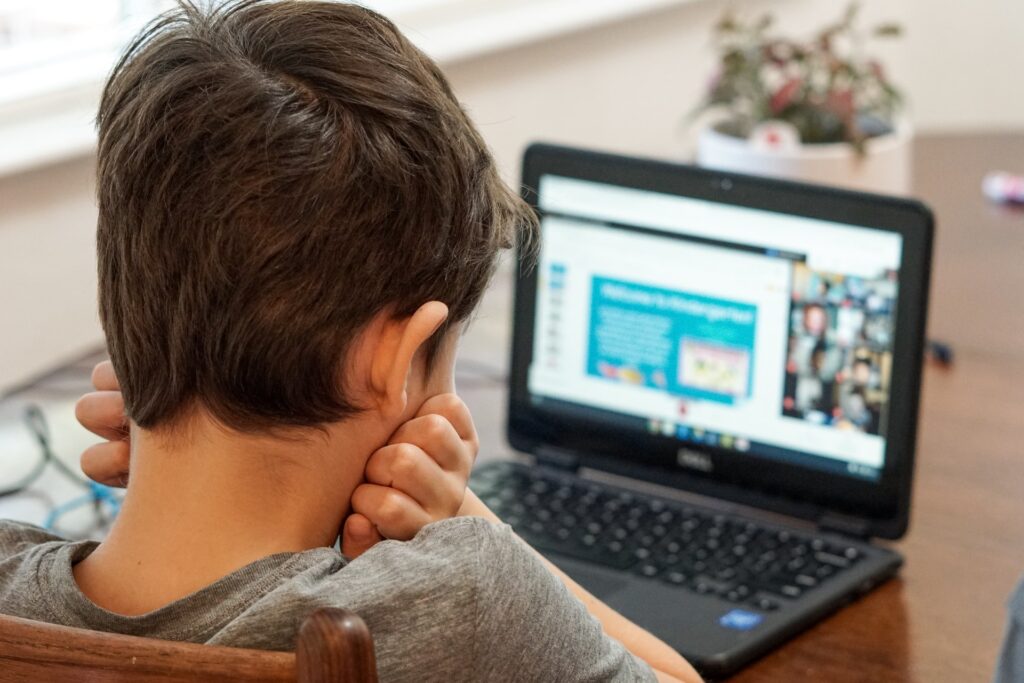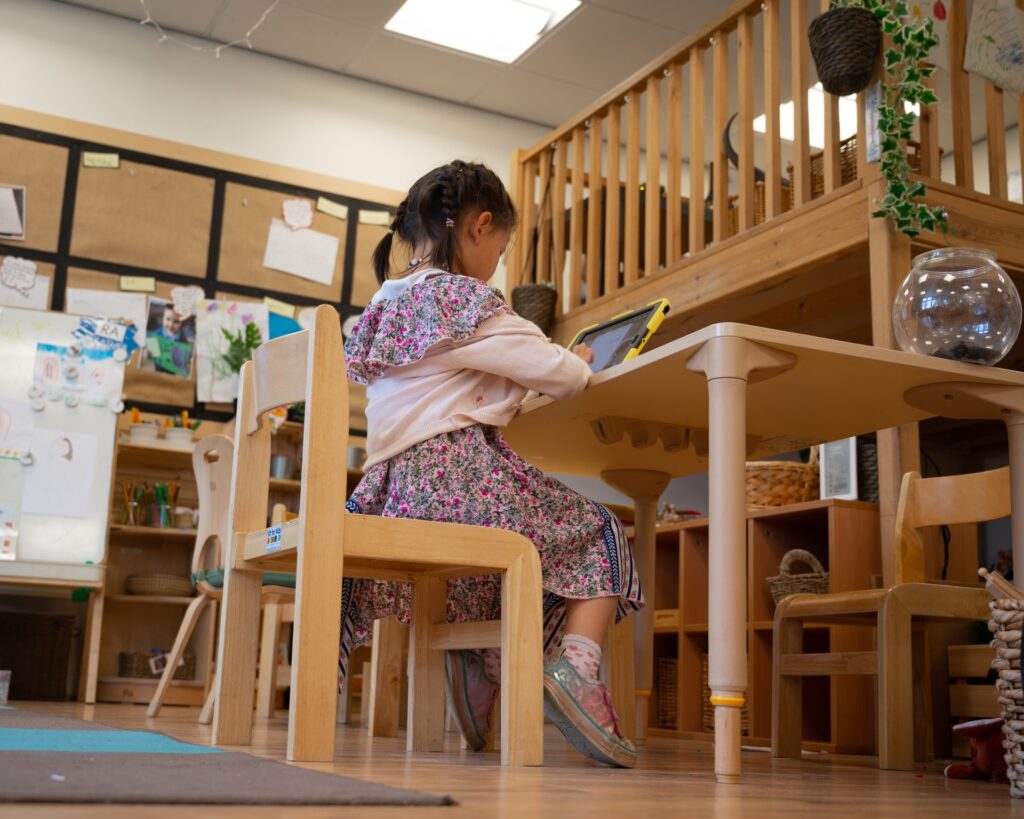
Slow speech development, speech retardation, and underdeveloped speech are diagnoses related to inadequate speech development, and the terminology changes depending on the chronological age of the child. The diagnosis of slow speech development refers to lagging behind while speech is still developing, ie. up to three, four years; retarded speech development is diagnosed in children aged three to six, seven years, while the diagnosis of underdeveloped speech is found in children who have reached six, seven years, but their speech is conceptually poor, sentences short and agrammatic. The diagnosis of “slow speech development” is most often made in children whose speech is still developing (children under the age of three, four).
Children understand the speech of their environment but use sentences that are not appropriate for chronological age. Namely, children at the age of three should already use grammatically correct sentences and not the simplest ones (in some children of that age, causal, temporal, and even object sentences can already be found in speech). The pronunciation is not yet clear, unsystematic mistakes are common in longer words, adverbs of time and numbers have not yet been adopted, the vocabulary is narrowed, but the sentence structure is correct. In children with slow speech development, sentence development will be absent.
The sentence will lack connecting words, auxiliary verbs, prepositions, conjunctions, the vocabulary will be poor, and the pronunciation of sounds will lag behind the pronunciation of peers. If the child speaks a lot, he spontaneously expresses himself in long and even complex sentences, but they abound in grammatical and unsystematic errors, immature constructions for age, and if deviations from standard pronunciation are still observed in speech, then the diagnosis “speech on the border of dyslalia and underdeveloped” speech ”
When parents suspect any speech delays, they should immediately seek help from a speech therapist at the nearest facility. If the child is still too young to rehabilitate, parents will receive helpful instructions on how to encourage and develop speech development.
With the appearance of coronavirus in China in late 2019 and its spread to almost all continents, the lifestyle we are used to came to a standstill – shopping is only possible when necessary, many restaurants, cafes, various institutions, and institutions are closed, and those who could move to work from home. It is human nature for parents to protect their children from the virus as much as they can. This is exactly the reason for the appearance of online speech therapists because, in principle, physical presence is not even necessary for therapy.
Moreover, many have seen the benefits of this form of communication and exercise that they do not plan to return to a regular regimen even when coronavirus protection measures are relaxed. What are the benefits?
1. Less money – the same effect

Research has shown that online speech therapy is just as effective as traditional, but that it costs significantly less. The same clinical result and level of patient satisfaction have been proven.
2. No fear of new and unfamiliar environments
Children are often imprisoned in front of strangers, and many have an aversion to going to the doctor. As a speech therapist, it is sometimes very difficult for a speech therapist to communicate with an introverted or shy child, which makes it even more difficult for him to diagnose and work with the child. Children who access online speech therapy do not know this barrier because they are in a pleasant environment, their home.
3. Save time

Many people today live a hectic life, and we waste much more time in traffic than we want. This is another advantage of online speech treatment – sit comfortably, make yourself a coffee and arrange an online session when it suits you. So, we can add that flexibility in the schedule is another factor that benefits you!
4. Access to a large number of speech therapists
When you take your child to a speech therapist’s office, take him or her “blindly” because you know nothing about that doctor unless you come on the recommendations of others. However, in the case of an online therapist, you have the opportunity to research a little more about the work of more speech therapists before making a final decision about leaving it to work with your child. Take advantage of the internet and do a little research, read reviews because they tell you the most.
5. Find a speech therapist from the other side of the world!

You live in an environment where there is no professional person to whom you would entrust the work with your child, and the one you heard is a real expert in that field lives hundreds of kilometers away from you. Fortunately, miles don’t exist when it comes to online treatment.
What does online treatment look like?
The parent must be always present during the treatment. The first treatment is to introduce the therapist to the child and the parent. After the test, in two to three days, the speech therapist sends an e-mail report containing information about the child’s speech and language development. If necessary, treatment is suggested. How much treatment will be needed depends on the child? At the end of each treatment, the speech therapist gives the child exercises that should be done until the next visit.
What is a speech therapist doing with a child?

The job of a speech therapist is to stimulate the development of speech and language (works with children who are late in the development of speech and language, who have developmental dysphasia or live in a bilingual environment). It also involves working with dyslexic children as well as with stuttering children.
The exercises that the speech therapist shows stimulate attention, fine motor skills, thinking, and enrich the child’s vocabulary. All this is done through a pre-designed treatment that is planned for each child individually, depending on the difficulties the child has.







